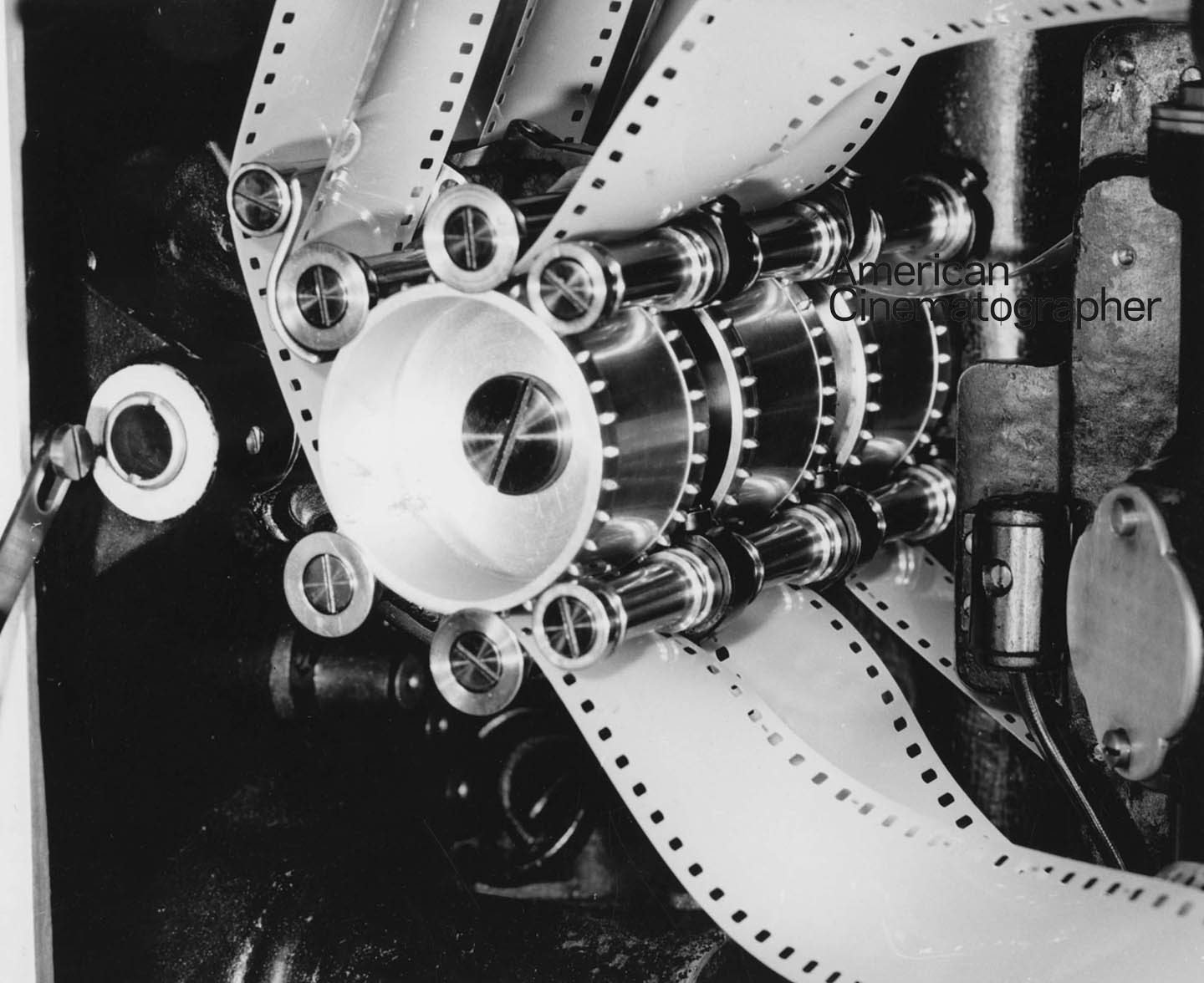
Wrap Shot: The Adventures of Robin Hood
One of the quintessential color films of its era was initially planned to be shot in black-and-white.
Shot in three-strip Technicolor, no expense was spared during the extravagant production of the 1938 action yarn The Adventures of Robin Hood, directed by Michael Curtiz and William Keighley and photographed by ASC members Tony Gaudio and Sol Polito. Budgeted at $2 million ($42 million today), it was the most expensive film Warner Bros. had made up to that time, and also one of the studio’s first color features. Both cinematographers were immigrants from Italy.

The June 1938 edition of American Cinematographer featured a striking portrait of Robin Hood stars Errol Flynn and Olivia de Havilland. Inside, on the table of contents, is noted:
On the front cover this month is a scene from a great story of the outdoors, a story of Robin Hood, one who in his legendary day when he took from the rich and gave to the poor was acclaimed a hero. But that was long ago. Warner repeats in winning the best production of the month, according to the Hollywood reviewers. The photographers on the subject were Tony Gaudio, ASC and Sol Polito, ASC for Warners and W. Howard Greene, ASC for Technicolor. Al M. Green was the operative cameraman. Mac Julian photographed the still.
As noted in the issue’s story, “Warners’ Robin Hood Awarded Photographic Honors for Month”:
For the second consecutive month, Warner Bros. with Robin Hood won the nod from the Hollywood correspondents for April-May. And with the major award, meaning the honor for the production as a whole, went that for photographic effort. The credits on the camera end were for three ASC men, Tony Gaudio and Sol Polito, for Warners, and W. Howard “Duke” Greene for Technicolor. Al M. Greene was operative cameraman and George Dye was assistant.
At the time, AC regularly reported on the outcome of outside critiques on feature films.
This brief article notes that after two thirds of Robin Hood was completed, Gaudio left the picture, with Polito taking over. He had recently completed shooting another Technicolor project, Gold Is Where You Find it (1938), also starring de Havilland.
The switch was prompted by the departure of the film’s initial director, Keighley, who completed exterior location work in Northern California with Gaudio and returned to Los Angeles to continue the shoot but was soon replaced. Curtiz — known for his action work with Flynn in Captain Blood and The Charge of the Light Brigade (both also starring de Havilland) — then directed studio portions of Hood with Polito at the camera.

Growing up in Brooklyn, NY, Polito worked as a projectionist’s assistant, and then for Gaudio as his camera assistant. He earned his first credits in as a cinematographer in 1914 — at the age of just 22. He moved to Hollywood in 1919, working for First National Pictures and then Warner Bros.
The issue also features a profile on Gaetano “Tony” Gaudio, who, it claims, was at the time “the oldest cinematographer on features in the word” at the age of 55. Born in 1883 in Celico, Cosenza, Italy, his first credit was the short Napoleon Crossing the Alps, and was, in 1938, celebrating his 1,000th screen credit.

Interestingly, a related story in this same June issue ran with the headline “Within a Year or Two, Audiences Will Insist on Color.” It took a bit longer than that — in part due the outbreak of World War II — and unlike the abrupt takeover of “talkies,” the use of color and the imaging technology that enabled it evolved gradually, so black-and-white remained a viable creative choice well into the 1960s. Perhaps the final Academy Award presented in the since-discontinued category Best Cinematography (Black-and-White) — to Haskell Wexler, ASC for Who's Afraid of Virginia Woolf? in 1967 — serves as the official end of the era. The prognostication in AC’s article was only about 30 years off.

Not incidentally, Robin Hood, one of the quintessential color films of this era, was initially planned to be shot in black-and-white, with the decision to produced using the Technicolor system made only a few months before production began.

Access the every issue of AC and every story from more than the last 100 years with our Digital Edition + Archive subscription.






